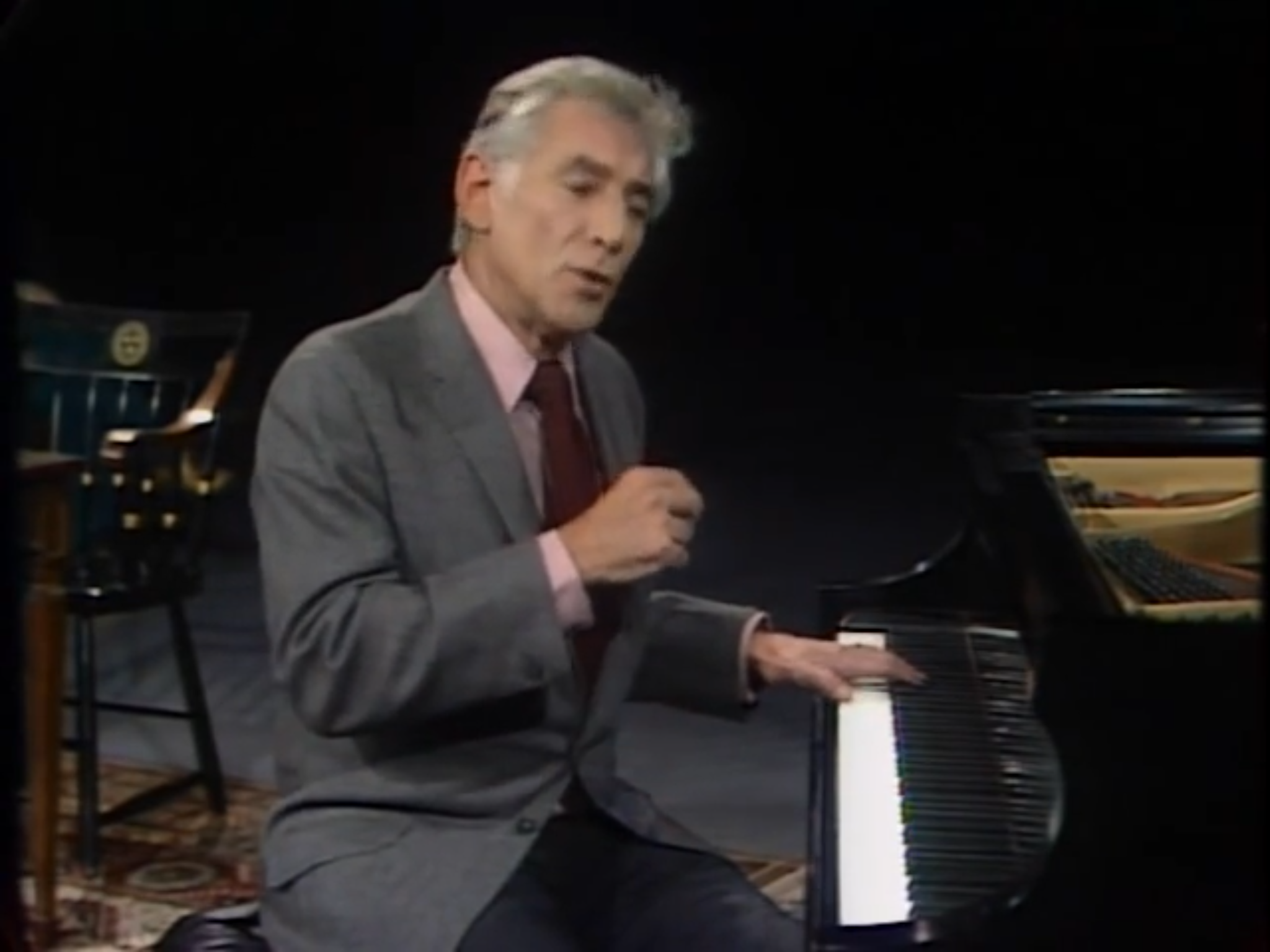Leonard Bernstein's Norton Lecture Series of 1973 has played a critical role in helping to define a particular landscape of thought which might be best described by Bernstein’s own (admittedly nonacademic) term, "musico-linguistics". While not a formal discipline, the term characterizes and encompasses the body of thought upon which he speculates in six multi-hour lectures at Harvard.
Viewing entries in
Essay
A year before my first Boulez performance, I wrote an essay about what it's like to listen to Boulez in 2009.
...upon repeated hearing, this music does indeed open itself up to the listener. It slowly, reticently yawns forth its secrets to the hearer in unexpected ways. His output is by no means monolithic either, with very thorny yet electric piano sonatas and sometimes breathless long-distance sprints like Sur Incises (cue the linked clip to 4:15 to hear this ‘long-distance sprint’), contrasted by eerily celestial portions of Pli selon Pli and the richly colorful ‘folds’ of the aforementioned Le Marteau.
In my 20's, I was a huge fan of one of America's longest-running television programs. In 2008, I wrote down a few thoughts about it.
I am always astonished at the shear variety. There are, after all, only so many crimes we are interested in watching a show about. I find myself enjoying, as my fellow blogger pointed out, the ‘how’ of it all.’Isn’t that what classical forms are all about?
In 2006, I wrote an analysis of the early orchestral works of Brahms. I revised it in 2011.
Johannes Brahms stands as one of the central-most figures of late 19th century German art music. Brahms was the first true successor to Beethoven in the symphonic tradition… many volumes have been devoted to cataloguing the significant melodic, harmonic, and formal features of his four symphonies. Fewer have been devoted either to the early orchestral works or to the rhythmic and metric techniques employed.
Widely acknowledged as one of the most pivotal symphonic compositions in allof western music, the third symphony of Ludwig van Beethoven is, in substance, rarelyagreed upon. Beethoven’s semi-programmatic title, “Eroica,” the extreme size, uniqueformal organization, and developmental history of the work collectively open up toomany variables to allow a singular analytical approach to this work that is mutuallyagreed upon by the musical community plausible, as evidenced by over 200 years of serious efforts to do exactly that. This discourse seeks to give one possible analysis, thefocus being primarily upon the organization of thematic elements that give the work acyclical or “symphonic” quality.





